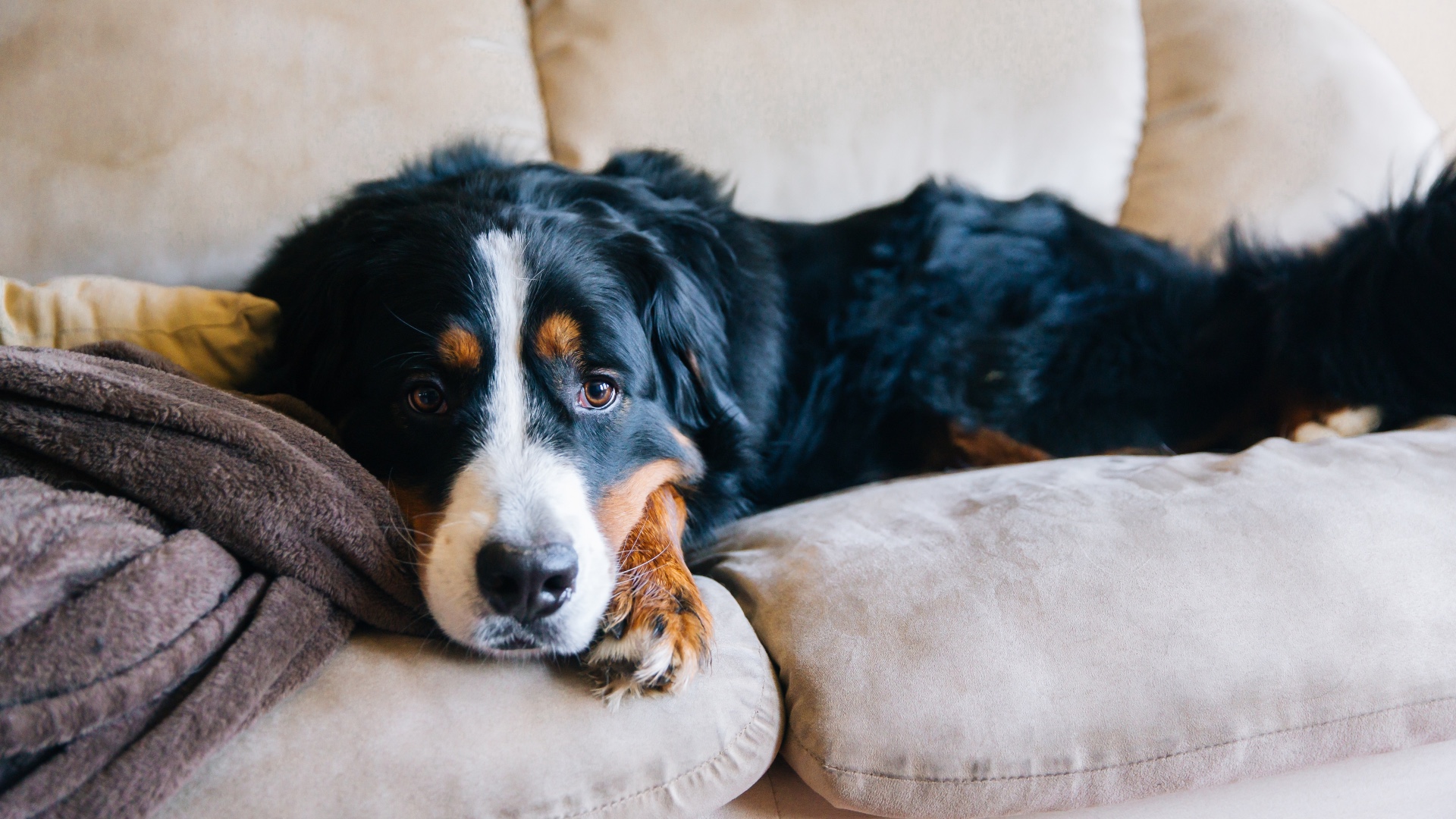
Separation anxiety is a common behavioral condition in dogs that results in a pup becoming overly distressed when separated from the people that they love.
You may find your dog experiences anxiety only when you leave the house or it may be that even being in a different room from you is challenging for your pup.
Anxiety in dogs can be difficult to deal with and can leave you feeling trapped in your own home.
However, learning how to reduce separation anxiety in dogs is possible and according to certified trainer and behaviorist Nikki Mather, it all comes down to avoiding these five mistakes...
1. Letting them cry it out: "It is a common misconception that puppies cannot have separation anxiety," explains Mather "Anxiety-related behaviors in puppies can be mistaken for ‘normal puppy behaviour’, and often young dogs are left to cry it out. This can sometimes exacerbate the problem, resulting in adult dogs with SA."
2. Using food: "For some dogs that are completely over-threshold when left alone, food will not matter. For those dogs that engage with food until it’s gone, we have only prolonged the inevitable problem behavior."
3. Getting a second dog: "On rare occasions this has been shown to be successful, typically if a dog has recently lost another companion dog," says Mather. "Generally however, a second dog will not ‘cure’ your dog’s separation anxiety."
4. Using confinement: "Crates and other types of confinement only contain problem behaviors, preventing your dog from soiling indoors/destruction etc," Mather explains. "They do not work to change your dog’s emotion by helping them to feel better about being home alone. With some dogs, we see learned helplessness."
5. Just ignoring them: "Ignoring your dog when you leave/return will not miraculously make them feel better about you leaving."
According to Mather, "separation anxiety is driven by EMOTION, and takes a systematic training process to help your dog to feel better (and safer) when left home alone."
It's important to remember that the above tips are one trainer's thoughts on how to deal with this issue and taking into account your own dog's unique needs will be key.
If you're currently struggling with your dog's separation anxiety and feel that you and your pup would benefit from some extra support, we recommend reaching out to a qualified trainer.







